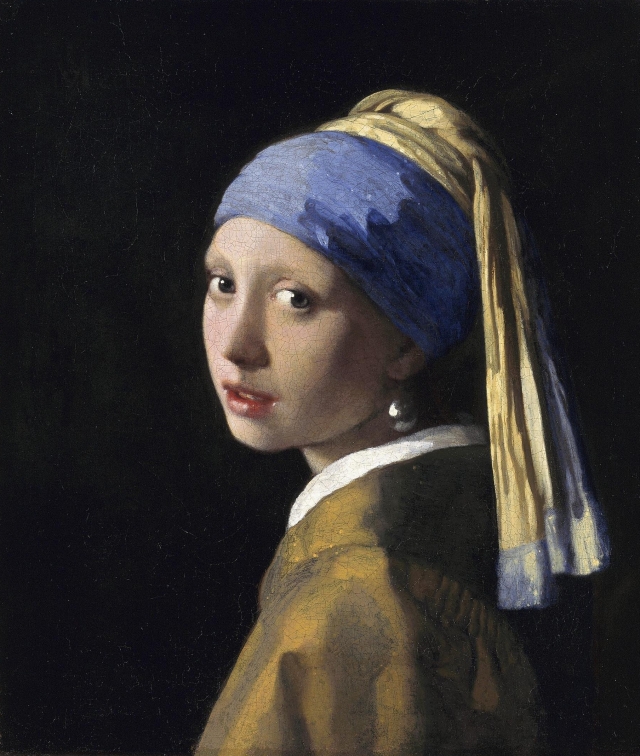Hello everybody! I 'm Clara Inés and this is my second journal of the year.
Today in Social Sciences we have done a lot of things.
At first we have corrected the exercises that Paqui has gave us for today, about the Type of State and Constitution in USA
The type of state was divided into Federal Republic which means that every state has important powers: own laws, own courts of justice..., and the Presidentalist Republic, which means that the president holds wide powers.
And the Constitution was divided into the Principles on which it was based which includes seven articles with the organization of the new State, based on the principles of political liberalism. The Content was freedom, property, religious freedom, freedom of speech, press freedom, right to wear weapons. And the Amendments which are 27 up to this moment and included the abolution of slavery, the right to vote for women for black people, the prohibition of alcohol... and so on
Later Paqui has started to explain the last point of this unit, Spain in the 18th century,A) War of Spanish Succesion (1700-1714). When Charles II died without direct succesors, he left his kingdom to Philip of Anjou. Louis XIV's grandson and a lot of people disagreed with his testament. Austria, the Low Countries, Portugal and Great Britain were against the French influence over the Hispanic Monarchy and supported Archduke Charles of Austria. In the Iberian Peninsula: Castile supported Philip of Anjou and Aragon supported Archduke Charles.
 Philip of Anjou
Philip of Anjou
Source: http://www.cachecoins.org/leopoldhre.htm
Archduke Charles of Austria Source:http://roble.pntic.mec.es/fpef0013/18thcentury/four.htm
In the development of the war Paqui has explained this with a map and said that they had equal forces on both sides; the British invaded Gibraltar and Minorca; the French-Castilian army defeated those who supported Archduke Charles in Almansa; When the emperor of Austria died, Archduke Charles became emperor. Fearing Austria's reinforcement, the European powers looked for an agreement to end the war and they signed the Treatry of Utrecht, Spain appeared with the Nueva Planta decrees Philip V issued to punish the reings of the Crown of Aragón
. Later the war continued in Catalonia until 1714, when Barcelona was bombed by Philip V's order. Finally they surrendered.
Battle of Almansa
Source: http://en.wikipedia.org/wiki/Battle_of_Almansa
The Treaty of Utrecht included the following decisions: Philip V was recognized king of the Hispanic Monarchy; The Europeans territories of Hispanic Monarchy were distributed among Austria and Savoy; Great Britain preserved Gibraltar and Minorca and they got also two important rights: the assiento: they could sell black slaves in the Indies and the ship of permission: once a year they could send a 500 tons ship with their products to be sold in the Indies.
Source: http://ieslarochahistory.blogspot.com.es/p/blog-page.html
We have also added some new words to our glossary:
Take the risk-Arriesgarse
Assiento-Derecho de asiento
Ship of permission-Navío de permiso
At the end of the class Paqui has given us the homework that we have to do: a scheme about all that we have learnt today.
Finally the bell has rung and we have gone to run.
Bye!


.jpg)



















_-_WGA24404.jpg)


_-_WGA24406.jpg)










